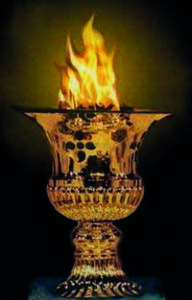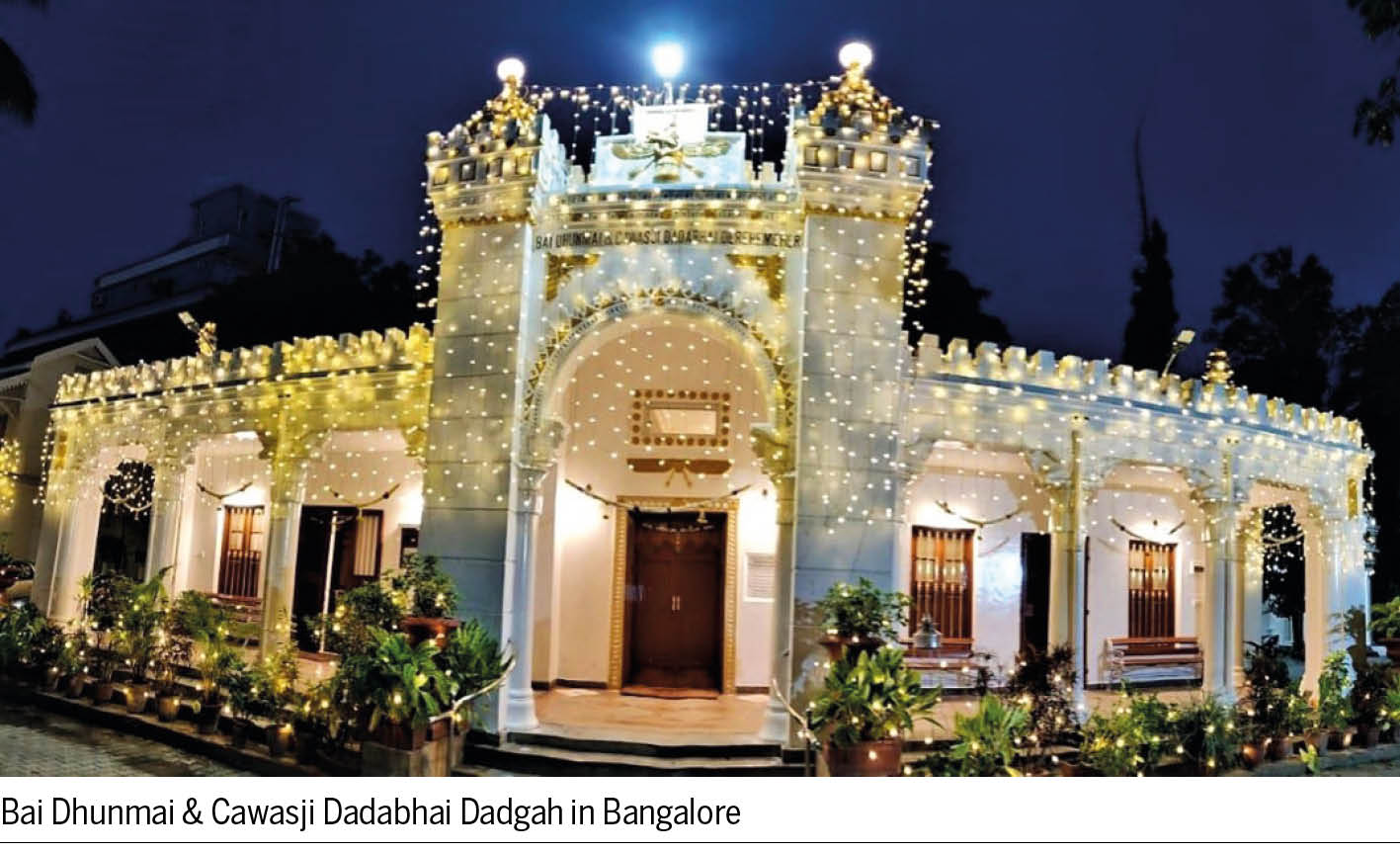Parsi Times presents the concluding part of our 4-part series by Adil J. Govadia, which explains the different grades of our Holy Fires and their crucial importance in our religion and our lives.
 In Zoroastrianism, the term ‘Dadgah’, which is derived from the Avestan word, ‘Daityogatu’, meaning, ‘a lawful place’, is used in different ways. Though the terms, ‘Agiary’, ‘Atash Kadeh’ and ‘Dar-e-Mihr’ all mean Fire Temple, they are often used interchangeably to loosely connote either an Adaran, Dadgah or even a prayer hall. In the USA, UK, Canada and Australia, all prayer halls are either called Atash Kadeh or Darb-e-Meher.
In Zoroastrianism, the term ‘Dadgah’, which is derived from the Avestan word, ‘Daityogatu’, meaning, ‘a lawful place’, is used in different ways. Though the terms, ‘Agiary’, ‘Atash Kadeh’ and ‘Dar-e-Mihr’ all mean Fire Temple, they are often used interchangeably to loosely connote either an Adaran, Dadgah or even a prayer hall. In the USA, UK, Canada and Australia, all prayer halls are either called Atash Kadeh or Darb-e-Meher.
Notably, the first Dar-e-Mehr (Dadgah), also called ‘Vadi Dar-e-Mehr’, was built in Navsari in 1142 CE, by Kamdin-Zartosht, great grandson of Hormazdyar-Ramyar, with the assistance of his two sons. Due to its pre-eminence status acquired over the years, Parsi priests took much pride in getting initiated at the Vadi Dar-e-Mehr (including the author of this write-up). In absence of any other consecrated fire, except the Iranshah which was consecrated much earlier, the Vadi Dar-e-Mehr or the Great Dar-e-Mehr, remained the seat of orthodoxy for all priestly denominations. Since all high liturgical ceremonies were performed here for almost 400 years in absence of other fire temples, Vadi Dar-e-Mehr gained pre-eminent status for all priestly diocese, including the Sanjana and Bhagaria priests, till other Atash Behrams and Atash Adarans were consecrated in the 18th and 19th centuries. It was much later, in 1907, that Motibai Kavasji Erachji Desai, scion of the Desai family, decided to enthrone a consecrated fire at the Vadi Dar-e-Mehr.
All Atash Behrams have an Adaran or Dadgah also housed within its premises. While the Atash Behrams in Udwada, Navsari, Mumbai’s Dadyseth and Surat’s Kadimi have an attached Dadgah fire within its precincts, the remaining Atash Behrams in Mumbai and Surat’s Sehanshahi have a consecrated Adaran fire on their premises. Worshippers are expected to pay homage and obeisance to both grades of consecrated fires during their visits to the place. Likewise, there are some Adarans having a consecrated Dadgah fire under the same roof, like in Nargol’s Poonjiaji Agiary, Mumbai’s Jeejeebhoy Dadabhoy Agiary at Colaba, and Fasli Atash Kadeh at Churchgate, where five separate Boi ceremonies are also offered.
Regardless of its grade, all Parsis worship Fire reverentially as ‘Atash Puthra Ahura Mazdao’ (son of Dadar Ahura Mazda), considered to be the highest amongst all Yazatas. Hence, consecrated fires are not mere fires kept in grand buildings… their spiritual significance in fact needs to be understood and appreciated. In turn, the agencies of these consecrated fire-altars (Atash Behram, Atash Adaran and Atash Dadgah) serve as aalats (functionary agents) that connect and attune with all sixteen fire energies operating in the macrocosm and microcosm, thereby also helping the Zoroastrian souls in their spiritual progress.
Similar to the Zoroastrian practice, in Vedic traditions too, consecration (prana-prathistha) is believed to homogenize and synergize the powers of a given deity which is central and significant to a Hindu temple! The consecrated Fire in a Fire Temple is believed to act as a medium that is constantly connected with the unseen divine energies of the consciousness, that help in infusing the invisible subtle energies into the gross. Such divinely created Fires soothe, bless and emanate warmth, also worshipped by several religions of the world, be it Hindus, Jews, Greeks or Romans.
- માહ બખ્તર – ચંદ્ર પર પ્રભુત્વ ધરાવતું દિવ્યત્વ - 1 March2025
- હાંસોટમાં 100 વર્ષ જૂનાપારસી પેલેસમાં લૂંટ - 1 March2025
- હૈદરાબાદની ચિનોય અગિયારીએ સાપ્તાહિક હમબંદગીના 19માં વર્ષની ઉજવણી કરી - 1 March2025
